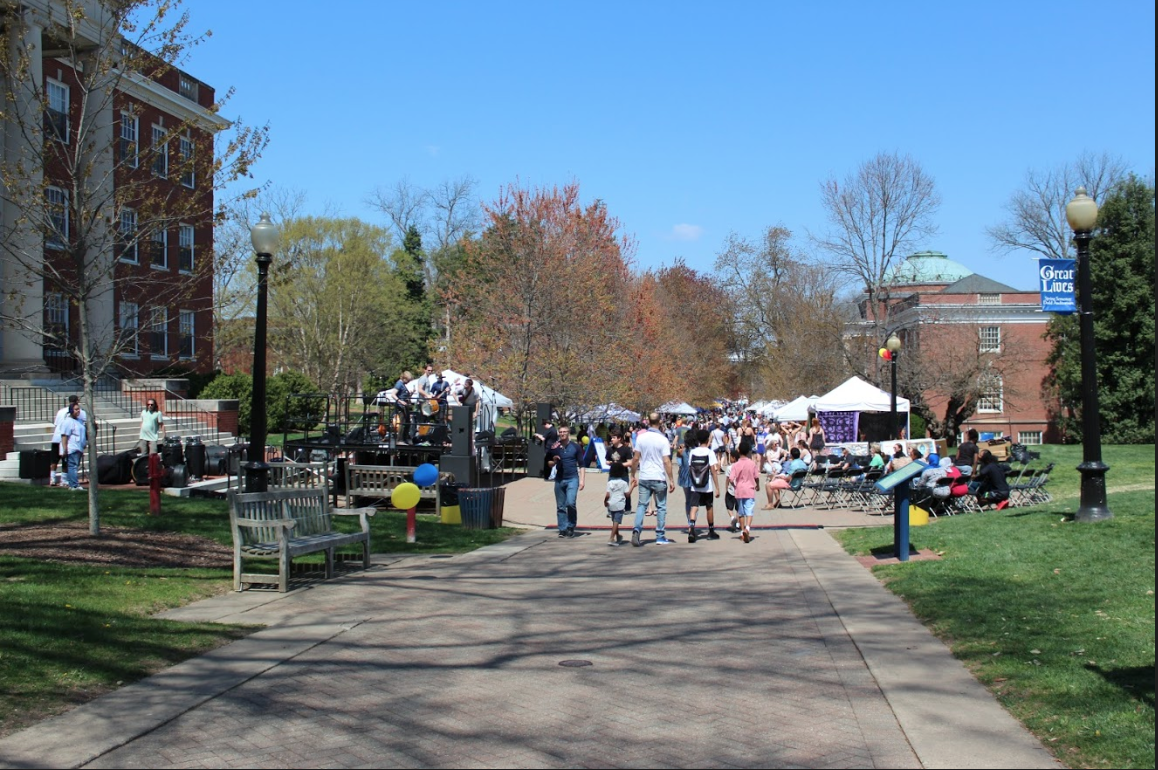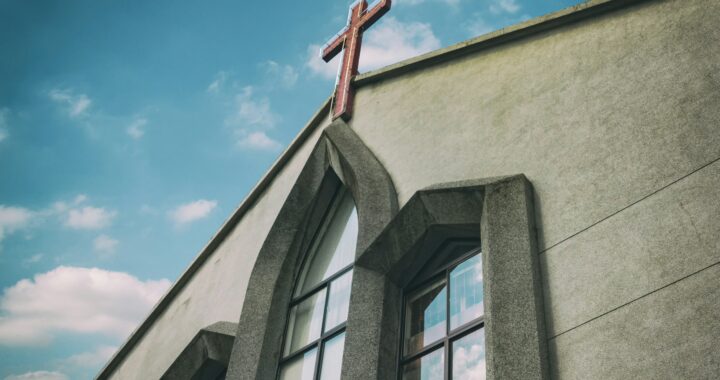UMW demographics do not reflect message of Multicultural Fair
4 min read
Shyan Murphy | The Blue and Gray Press
By KOTY BOWEN
Staff Writer
If you happened to stroll down Campus Walk on Apr. 14, you were greeted with loud music and a crowd of people varying in ethnicity and nationality. The music ranged from Southern Bluegrass to traditional African song, with vendors and stages lined from George Washington Hall to Monroe Hall. This was the 28th Annual Multicultural Fair. This celebration brings together varying cultures, bringing the campus to life in a collection of music and festivities with the goal of “exemplifying UMW’s commitment to enhancing multicultural awareness.”
Organized by the James Farmer Multicultural Center and Multicultural Student Affairs, this event draws an average of 5,000 to 6,000 people every year, ranging from students here at campus to the local Fredericksburg community. While the fair may be organized to promote diversity, the University has a long history of being a predominantly white school.
Representation is key, and UMW lacks that in bounds. It lacks it so much, that many students have nicknamed the school “University of Mostly Whites”. This alone shows the students on campus are aware of the lack of diversity and the administration needs to take action in addressing this.
According to CollegeFactual, a website that ranks and displays varying aspects of universities across the nation, UMW is almost three-fourths white. This is very ironic when the University goes above and beyond in hosting an event dedicated exclusively to diversity. Another troubling fact is that the faculty and staff has an even more abysmal rate when it comes to ethnic diversity, standing at 84 percent of faculty and staff members being white.
A troubling observation is that while many of the professors are white, the University Center cafeteria staff are almost all minorities of some sort. So, while the professors and higher-earning positions are held by predominantly white people, the hands-on, low-paying jobs are held by people of color. These statistics juxtaposed against the University hosting this fair is irony at its finest.
According to the University of Mary Washington website, the privilege of having a vending spot is priced, ranging from $100-$140. This makes people who want to display culturally diverse stands wary because the entertainment and services they provide are free, thus giving them no profit to use to pay for their spot. Groups like Avon or vendors who actually sell items are more likely to afford this fee, making the fair a pay-to-play event.
This also creates the issue that the University may hold this event for other reasons besides enhancing multicultural awareness. It can give off that, due to the pricing in reserving locations at the festival, that maybe the University is using this as another source of income. This would be carrying on a long tradition in American society of profiting from what seems to be diversity with no return to the minority groups the fair is supposed to represent.
The vendors and performances themselves demonstrate that even the fair was lacking in diversity as well. There were three stages set up but only two had non-white performances. The venders were even more disheartening in cultural diversity. Many were just poster and clothing vendors that are on campus routinely, and even worse, beauty cosmetic vendors. Yes, Avon and Mary Kay were there for all your makeup needs.
If you walked all the way down Campus Walk to the very end point of the fair in front of Monroe Hall, you would notice the only two vendors set up for LGBTQ+ people. One was the LGBT Democrats organization and the other was the PRISM club from the University. There were no LGBTQ+ performances, even though a performance would have been spectacular; culture flourishes from this community.
Being a part of the LGBTQ+ community myself, it was disheartening to see a lack of representation. Though it is extremely important to focus on ethnic diversity, which is what the university should practice while it preaches it, gender and sexuality are large factors of identity and diversity. By placing emphasis on only ethnic diversity, the University is cutting out other large manifestations of diversity.
The fact of the matter is, the Multicultural Fair is a façade of diversity that the University of Mary Washington is putting up. Yes, promoting multiculturalism is a great thing. What is wrong is how the diversity of the University is lacking, and when it is present, it is economically stratified.
The fair itself can be seen as an economic gain and just using the profitability of multiculturalism. The vendors can only share their cultural heritage if they can afford it. The University could stand to learn a few things from its own mission statement about cultural awareness.


